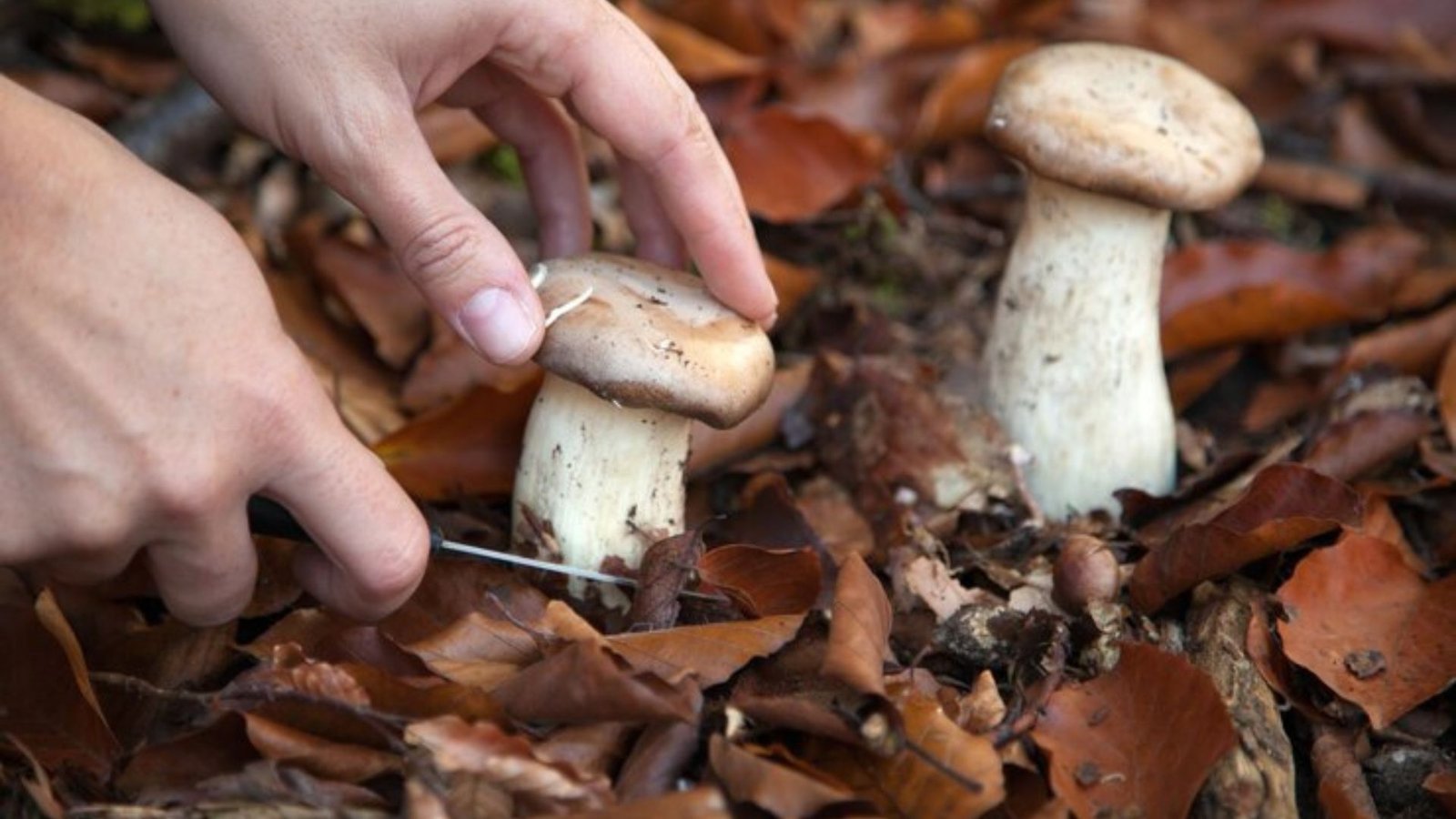Ecuador, renowned for its rich biodiversity, is a paradise for mushroom enthusiasts. Nestled between the Andes mountains and the Amazon rainforest, this small South American country boasts a variety of unique fungi species. This article serves as a comprehensive guide to Ecuador mushrooms, exploring their types, habitats, culinary uses, and more.
Introduction to Ecuadorian Mushrooms
Ecuador’s varied ecosystems create a perfect environment for diverse mushroom species. From the high-altitude paramo to the humid Amazonian rainforest, mushrooms thrive in this biodiverse landscape. The rich mycological diversity is not just fascinating for foragers but also plays an essential role in the local ecosystem.
Types of Ecuador Mushrooms
Edible Mushrooms
Ecuador is home to several edible mushrooms that are both delicious and nutritious. Here are some notable examples:
Shiitake (Lentinula edodes)
While originally from Asia, Shiitake mushrooms are cultivated in Ecuador and enjoyed for their rich, savory flavor. They are commonly used in soups, stir-fries, and various dishes.
Oyster Mushrooms (Pleurotus ostreatus)
These mushrooms are easy to cultivate and can be found in a variety of colors, including white, gray, and pink. They are versatile and can be added to salads, pastas, and risottos.
Chanterelles (Cantharellus spp.)
Known for their golden hue and delicate flavor, Chanterelles are highly sought after by chefs. In Ecuador, they can be found in both the Andes and cloud forests.
Medicinal Mushrooms
Several mushrooms in Ecuador have been used for their medicinal properties for centuries.
Reishi (Ganoderma lucidum)
Known as the “mushroom of immortality,” Reishi is celebrated for its potential health benefits, including immune support and stress reduction. It’s often consumed as a tea or in powdered form.
Lion’s Mane (Hericium erinaceus)
This unique mushroom is known for its cognitive benefits. It’s believed to support brain health and enhance memory. In Ecuador, it is gaining popularity among health-conscious individuals.
Hallucinogenic Mushrooms
Ecuador is famous for its indigenous use of psychoactive mushrooms, particularly those containing psilocybin. These mushrooms are integral to traditional rituals and shamanic practices.
Psilocybe cubensis
This species is commonly found in Ecuador and is known for its mind-altering effects. While it has been used traditionally for spiritual purposes, caution and respect for its cultural significance are essential.
The Habitat of Ecuador Mushrooms
The Andes
The Andean region of Ecuador, with its varying altitudes and climates, hosts a wide range of mushrooms. The cooler temperatures and unique microclimates contribute to the diversity of fungi found here.
The Amazon Rainforest
The lush Amazon rainforest is a treasure trove of biodiversity, including countless mushroom species. The high humidity and rich organic matter create ideal conditions for mushrooms to flourish.
Cloud Forests
Ecuador’s cloud forests, characterized by persistent fog and high humidity, are home to many unique fungal species. These forests support a delicate ecosystem where mushrooms play a crucial role in nutrient cycling.
Culinary Uses of Ecuador Mushrooms
Mushrooms are a staple in Ecuadorian cuisine, adding flavor and texture to various dishes.
Traditional Dishes
Mushrooms are often incorporated into traditional Ecuadorian dishes such as locro de papa, a hearty potato soup that sometimes includes mushrooms for added depth.
Modern Gastronomy
Ecuador’s culinary scene is increasingly embracing mushrooms, with chefs experimenting in fusion cuisine. From gourmet pizzas topped with wild mushrooms to innovative appetizers, the possibilities are endless.
Foraging for Ecuador Mushrooms
Foraging for mushrooms in Ecuador can be a rewarding experience. However, it’s essential to follow certain guidelines:
Know Your Mushrooms
Educate yourself on the types of mushrooms that are safe to eat and those that are toxic. Field guides and local mycology groups can be invaluable resources.
Sustainable Foraging
Only harvest what you need and avoid overharvesting in any area. Sustainable practices ensure that mushroom populations remain healthy for future generations.
Conservation of Ecuador Mushrooms
Biodiversity Threats
Ecuador’s unique ecosystems face threats from deforestation, climate change, and agricultural expansion. Conservation efforts are crucial to protect both the mushrooms and their habitats.
Mycology Initiatives
Several organizations in Ecuador focus on mycological research and conservation. Supporting these initiatives can help raise awareness about the importance of fungi in ecosystems.
Conclusion
Ecuador’s mushrooms are not just a culinary delight; they play a vital role in the country’s rich biodiversity. From edible and medicinal species to those with psychoactive properties, the variety is astounding. By understanding and respecting these unique fungi, we can appreciate their role in both nature and culture.
ALSO READ:Hurbarna: Unlocking The Secrets Of This Unique Herb
FAQs
Are all mushrooms in Ecuador edible?
No, not all mushrooms are edible. Some can be toxic or even deadly. It’s essential to properly identify mushrooms before consumption.
Where can I find mushrooms in Ecuador?
Mushrooms can be found in various ecosystems, including the Andes, Amazon rainforest, and cloud forests. Foraging in these areas can yield diverse species.
How do I prepare edible mushrooms?
Preparation varies by species, but common methods include sautéing, grilling, or adding them to soups and stews. Always clean them thoroughly before cooking.
Are there any festivals celebrating mushrooms in Ecuador?
Yes, some regions in Ecuador hold mushroom festivals, celebrating local species and their culinary uses. These events often include workshops and tastings.
Can I cultivate mushrooms in Ecuador?
Yes, many species of mushrooms can be cultivated in Ecuador. Oyster and Shiitake mushrooms are popular choices for home growers and commercial farming.











